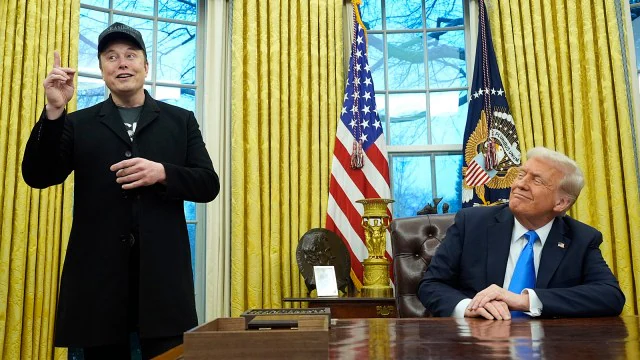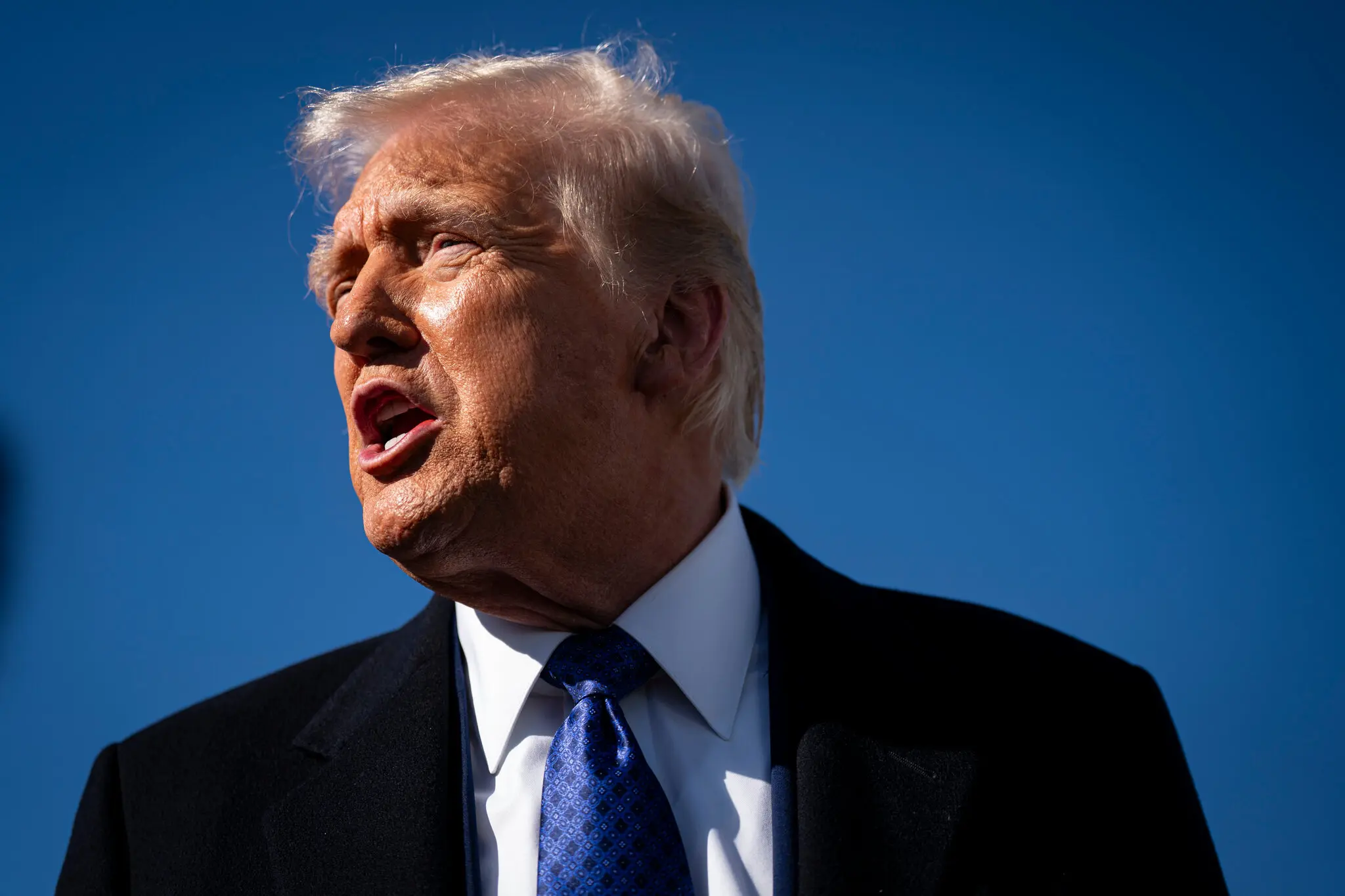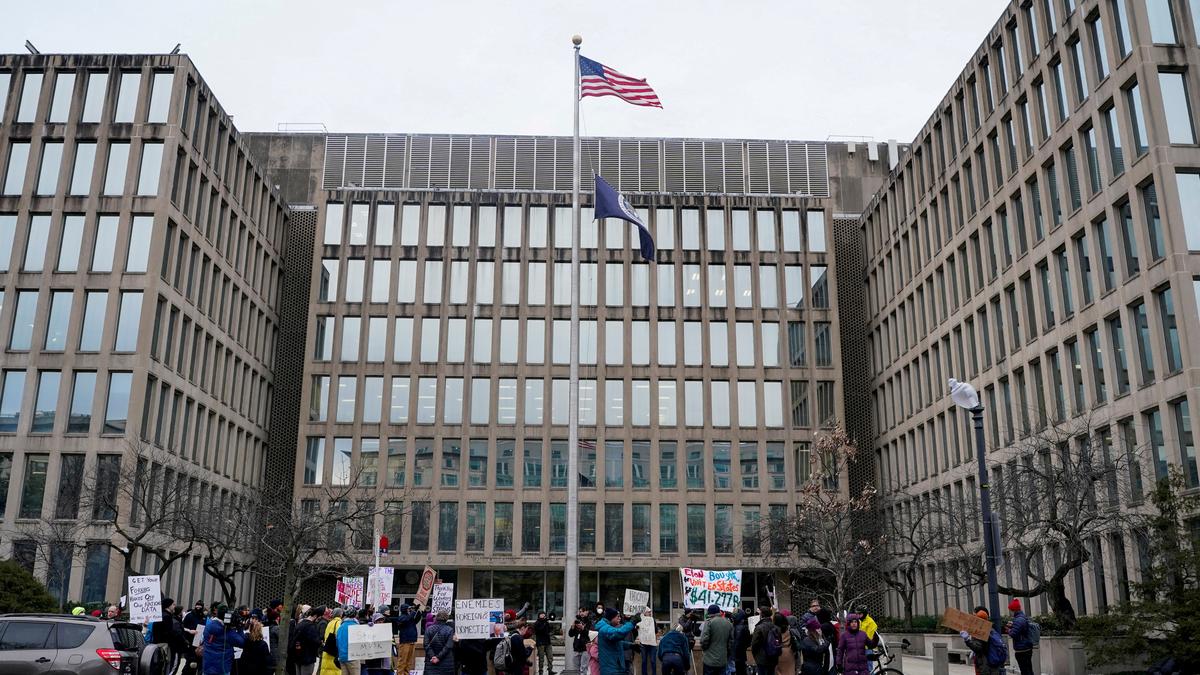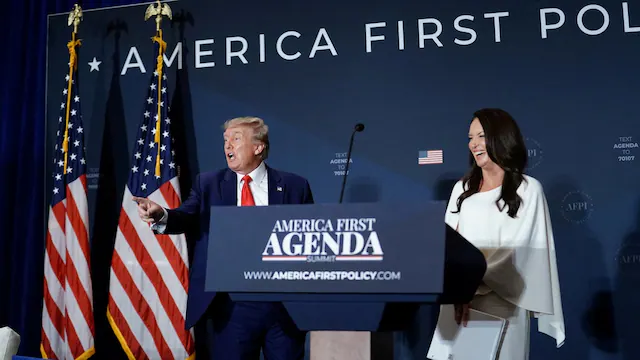US federal judge approves Donald Trump's plan to downsize workforce
02/13/2025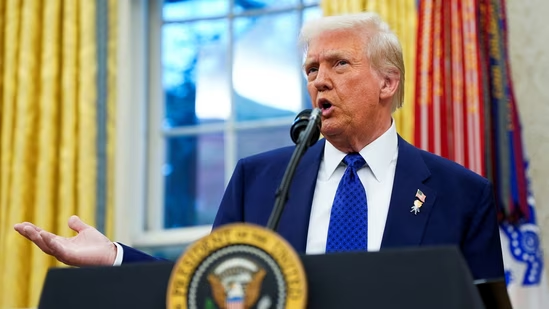
United States President Donald Trump’s plan of downsizing the federal workforce through a deferred resignation programme got a go-ahead from a US federal judge on Wednesday, reported news agency Associated Press. This comes amid widening friction between the judiciary and the government in the USA after a series of judicial setbacks for the Trump administration.
Reacting to this, White House press secretary Karoline Leavitt said, “This goes to show that lawfare will not ultimately prevail over the will of 77 million Americans who supported President Trump and his priorities.”
The decision was made by Judge George O’Toole Jr. in Boston, who stated that the unions that had sued the programme by the Trump administration that offered them to take a sum and quit the federal workforce did not had any legal standing in the case.
The unions reportedly asked the judge to put the programme on hold in order to prevent more sign-ups.
Over 65,000 federal employees had signed up for the programme as of Friday, reported Bloomberg.
What is Trump’s deferred resignation programme?
A little over a week into his second term as the US President, Donald Trump rolled out a deferred resignation programme on January 28 to cut short the federal workforce. In an email sent to the federal employees, the employees were asked to resign from their posts in exchange for an eight-month severance pay and retain all the benefits until September this year. The employees were asked to make a decision by February 6.
The email, titled ‘Fork in the road’, said that those who will voluntarily resign from the workforce will “retain all pay and benefits regardless of your daily workload and will be exempted from all applicable in-person work requirements until September 30, 2025 (or earlier if you choose to accelerate your resignation for any reason).”
The memo, however, also posed a danger for those who do not wish to resign as well by outlining the possibility of future downsizing in the federal government workforce.
The offer was extended to around two million federal employees but excluded the US military personnel of the armed forces, employees of the US Postal Service, those in positions related to immigration enforcement and national security, and those in any other positions specifically excluded by their employing agency.







